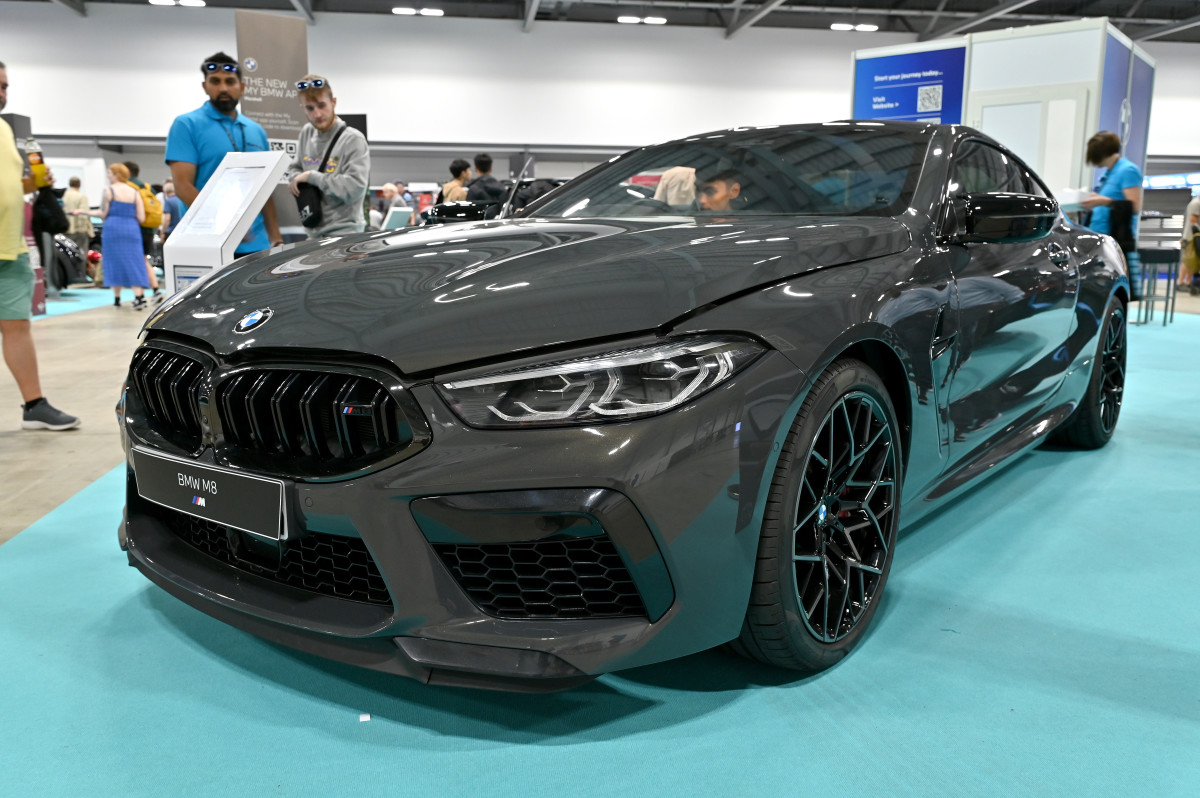
What would movies be without the car chase?
From Steve McQueen racing through the streets of San Francisco in 1968's "Bullitt" and Gene Hackman's mad dash with a highjacked subway train in 1971's "The French Connection," right up to today's "The Fast and the Furious" franchise, audiences love seeing cars being pushed to their limits.
DON'T MISS: UAW sets Friday deadline for new strike action as Big 3 talks stall
And a key element of many a movie car chase is watching the characters work that stick shift like a magic wand, as they pursue or elude the bad guys, depending upon the situation.
Now as we all know, automatic cars shift gears on their own, while manual cars require the driver to shift gears with the stick shift.
So if means more work, why do some people prefer manual transmission?
Well, a quick spin around the internet found drivers praising such things as the control and involvement with manuals that makes shifting much more engaging than automatic transmissions.
Feeling more connected
"Driving a stick shift makes you feel way more connected to the car and the environment around you," according to a 2019 blog post on The Stick Shift Academy website.
"Because of that direct connection, you have a much better sense of what the car is going to do when you make a change, which enables you to make better choices for the environment."
This engagement makes the driver much more focused on the task at hand, the post said, as opposed to the infotainment system, your phone, or something else.
"You simply do not have the mental bandwidth to focus on anything else," the post said, which means you're not a distracted driver.
But the age of the manual transmission may be heading for the last rev up.
Manual-equipped cars in the US have decreased by 89.5% since 1995, CarMax (KMX) -) said, noting that 96% of Americans drive automatics.
People point to such factors as electrification, autonomous technologies, and general lack on enthusiasm from the driving public as reasons for the manual transmission's slow demise.
Last year, the German publication Automobilwoche reported that Mercedes-Benz (DDAIF) -) would phase out production of vehicles with manual transmission in 2023.
And now BMW (BMWYY) -) is gradually eliminating the manual transmission -- even in its legendary M sports cars, according to TheDrive.
The company is charging extra for the M2's manual versus the automatic outside of the U.S., primarily in the United Kingdom and even BMW’s home market of Germany.
A 'heritage' thing
Frank van Meel, CEO of BMW M, the company’s high-performance car division, told CarThrottle that “the manual is slower and results in a higher fuel consumption [and] sometimes has also a lower top speed, so the manual actually from an engineering standpoint made no real sense anymore.”
Van Meel said that offering a manual transmission nowadays is just a "heritage" thing. The M2 is going to be the last BMW M car with a clutch pedal.
Nevertheless, CarMax said it had seen an uptick in manual sales in the last two years.
The company said the stick shift audience skews younger and male with a typical manual buyer four years younger than the average CarMax customer.
Nearly one third of all manuals purchased from January 2020 through December 2022, were sports cars, CarMax said, while automatics made up just 2% of sports car sales during the same period.
The Honda (HMC) -) Civic ranks as the most popular manual car, CarMax said, followed by the Ford (F) -) Mustang, Subaru (FUJHY) -) WRX, Jeep Wrangler, and General Motors' (GM) -) Chevrolet Camaro.
Even BMW's van Meel conceded that there are still a decent number of people who are after a manual.
“We had a lot of customers that said, well, I want to ride the beast and I want to show that I can do that and I need a manual transmission,” he said.
- Get exclusive access to portfolio managers and their proven investing strategies with Real Money Pro. Get started now.







